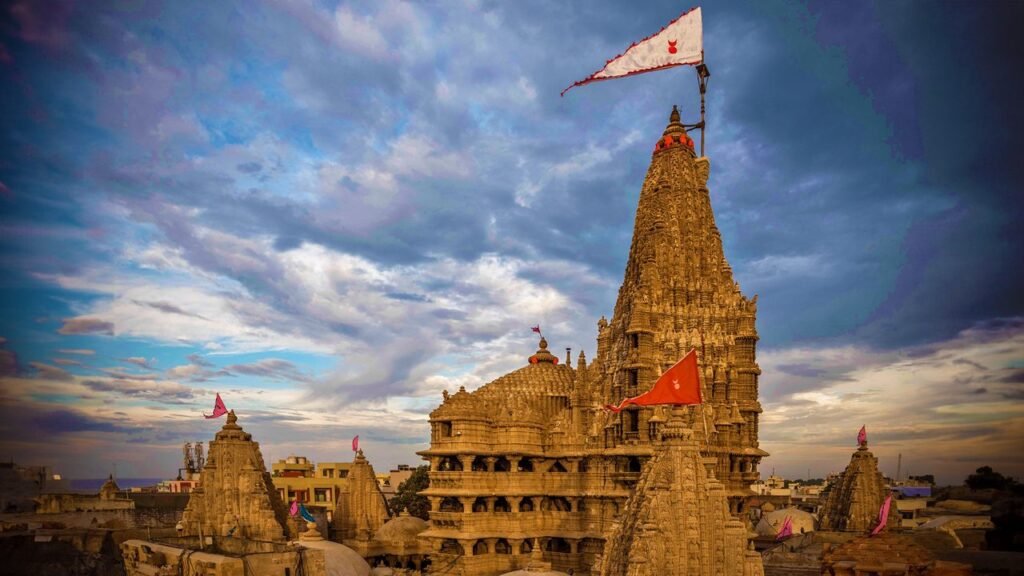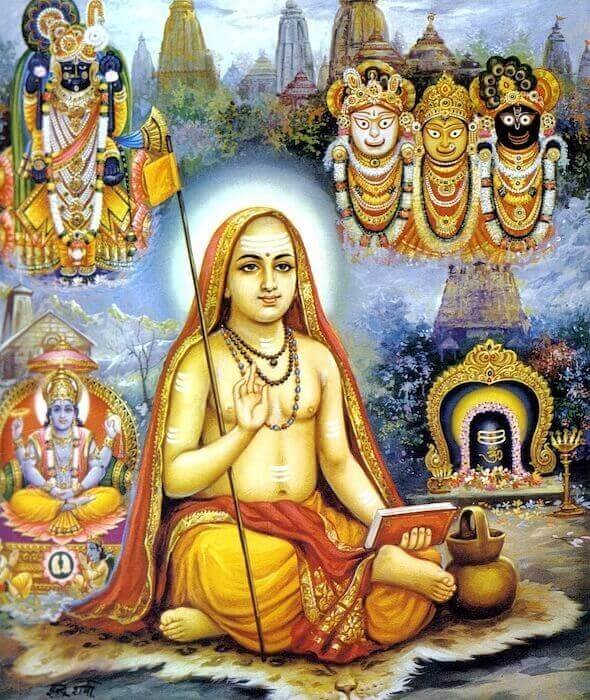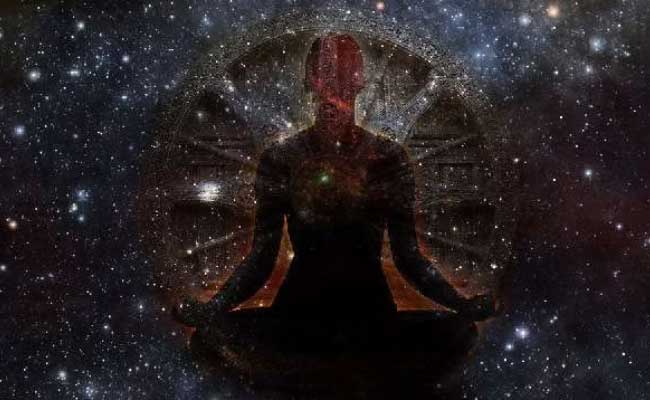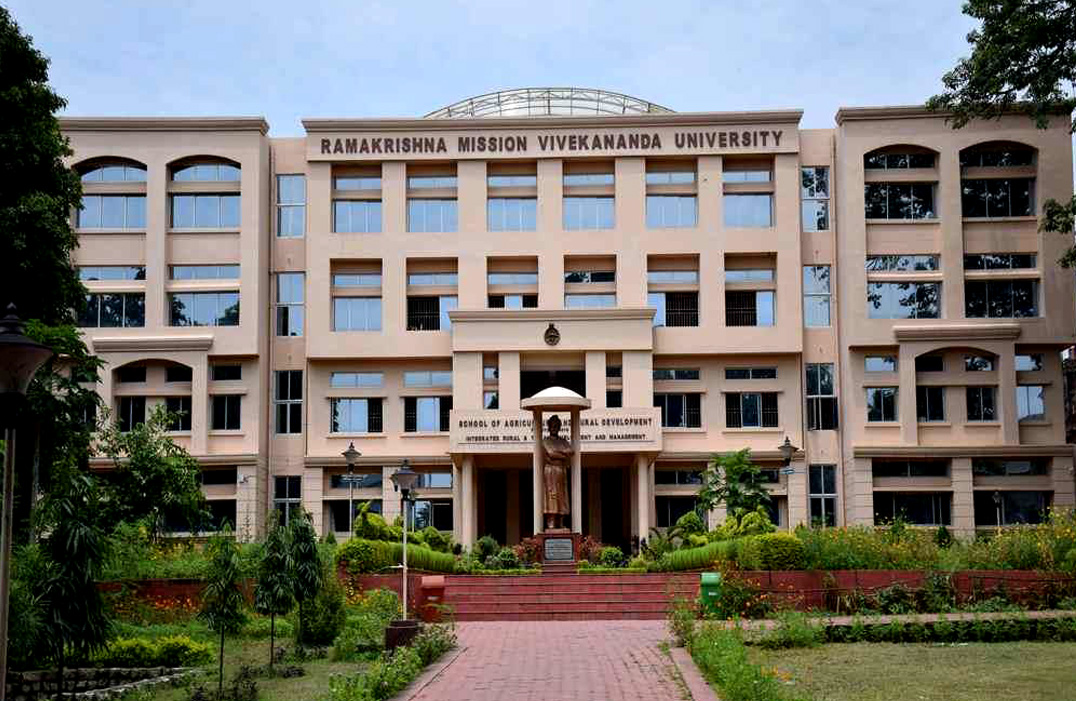India is a land of spirituality, culture, and divine traditions. Among its most revered pilgrimages, the Char Dham Yatra holds a special place in the hearts of millions of devotees. Established by the great philosopher and saint Adi Shankaracharya, the Char Dham represents four sacred abodes spread across the four corners of India. This spiritual journey not only signifies devotion but also embodies the unity of India’s diverse culture and faith.
The Concept of Char Dham
The term Char Dham literally translates to “four abodes.” Adi Shankaracharya, in the 8th century CE, conceptualized the pilgrimage as a way to promote Sanatan Dharma and bring people together under a unified spiritual vision. Each Dham is dedicated to a different deity and is strategically placed in the four cardinal directions of India:
- Badrinath in the North (Uttarakhand)
- Rameswaram in the South (Tamil Nadu)
- Dwarka in the West (Gujarat)
- Jagannath Puri in the East (Odisha)
Undertaking this pilgrimage is believed to wash away sins, grant salvation (Moksha), and bring inner peace.
Badrinath Dham – The Northern Seat of Lord Vishnu
The Badrinath Dham, which is devoted to Lord Vishnu in his manifestation as Badrinarayan, is situated in the Himalayas’ lap. One of the most popular temples in India, Badrinath is situated between the sacred Alaknanda River and snow-covered mountains. According to legends, Lord Vishnu meditated here while Goddess Lakshmi took the form of a Badri tree to provide him shelter.
Due to severe weather, the temple is only accessible for six months out of the year, making it a physically and spiritually demanding location for worshippers. Pilgrims believe that visiting Badrinath completes their devotion to Lord Vishnu and paves the way to liberation.
Rameswaram Dham – The Southern Seat of Lord Shiva
Situated on an island in Tamil Nadu, Rameswaram Dham is dedicated to Lord Shiva. It is believed that Lord Rama worshipped Shiva here before crossing over to Lanka to rescue Goddess Sita. The temple is famous for its 22 sacred wells (theerthams), where devotees take holy dips to cleanse themselves from sins.
The Rameswaram temple also holds significance in uniting Shaivism and Vaishnavism, as it is linked with both Lord Shiva and Lord Rama (an incarnation of Vishnu). This makes it a unique spiritual destination for followers of both traditions.
Dwarka Dham – The Western Seat of Lord Krishna

On the western coast of Gujarat lies Dwarka Dham, the kingdom of Lord Krishna. The magnificent Dwarkadhish Temple is a symbol of Krishna’s divine presence as the ruler and protector of dharma. According to legends, Dwarka was once a city built by Lord Krishna himself, later submerged under the sea.
The temple’s five-storied structure, built with limestone and sand, stands majestically overlooking the Arabian Sea. Dwarka is considered one of the Sapta Puri (seven holy cities) and an integral part of the Char Dham Yatra.
Jagannath Puri Dham – The Eastern Seat of Lord Jagannath
Puri Dham, in Odisha, is devoted to Lord Jagannath, a manifestation of Lord Vishnu, as well as his siblings, Lord Balabhadra and Goddess Subhadra. The temple is world-famous for its grand Rath Yatra (Chariot Festival), where the deities are taken out in massive wooden chariots, drawing millions of devotees every year.
Puri symbolizes universal brotherhood and inclusivity, as devotees from all walks of life are welcomed to participate in the rituals and festivals. It is believed that visiting Jagannath Puri ensures divine blessings and spiritual fulfillment.
Spiritual Importance of the Char Dham Yatra
The Char Dham by Adi Shankaracharya is more than just a pilgrimage; it is a journey of faith, devotion, and self-realization. Adi Shankaracharya envisioned these Dhams to strengthen the roots of Hinduism and connect people across India’s cultural diversity. Pilgrims who complete the Char Dham Yatra believe they attain Moksha, freedom from the cycle of birth and death.
The Char Dham Yatra—Badrinath in the north, Rameswaram in the south, Dwarka in the west, and Puri in the east—stands as a testimony to India’s rich spiritual heritage. Established by Adi Shankaracharya, it represents the unity of divine powers and the inclusiveness of Sanatan Dharma. For devotees, undertaking this holy journey is not only an act of worship but also a path to eternal peace, purity, and liberation.
Read Also: Tours And Travels Website Design
![]()





